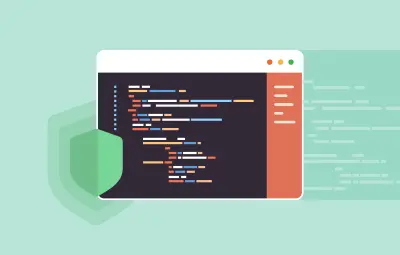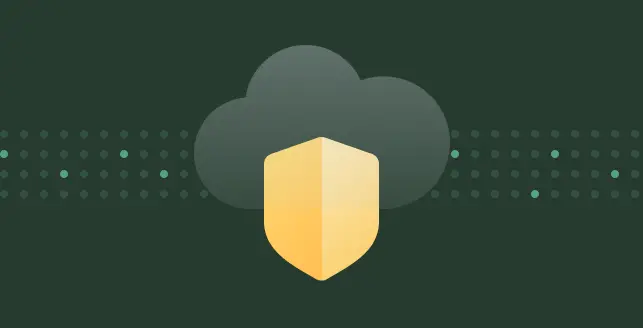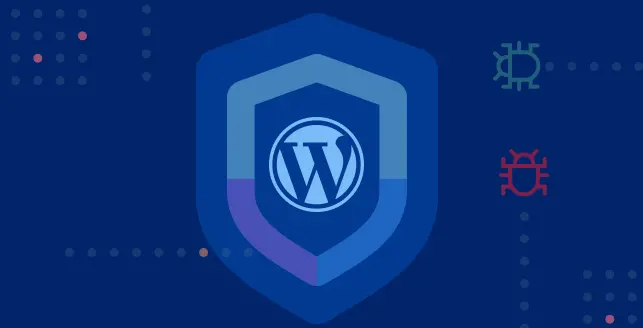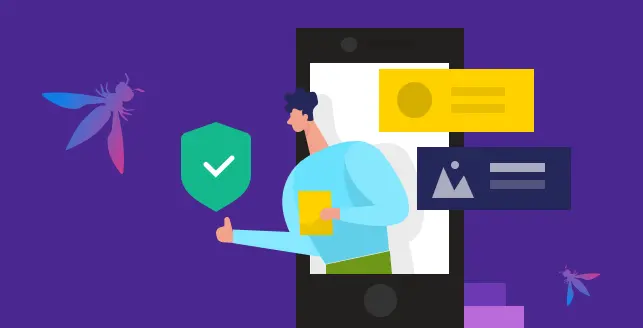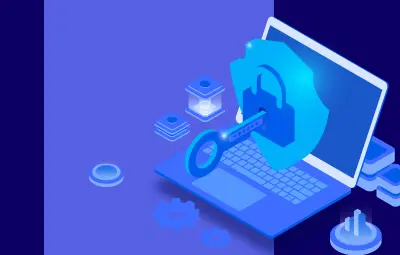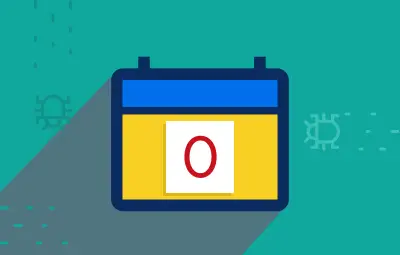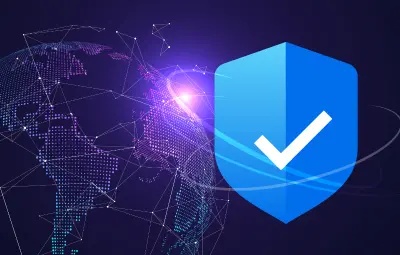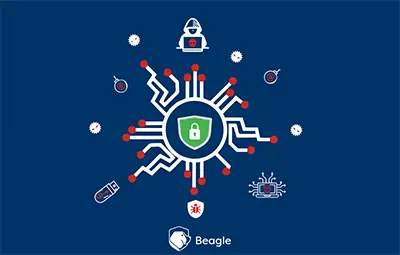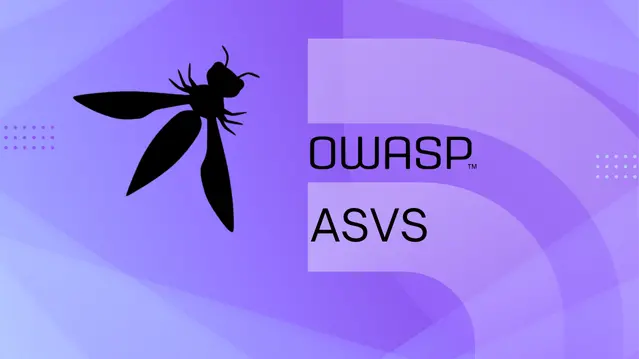
Introduction to the digital threat landscape
The cost of a data breach has reached an all-time high of $4.88 million globally in 2024, representing a 10 percent increase over the previous year and the steepest jump since the pandemic. Healthcare organizations face the highest average at $9.77 million per incident, while financial services report an average of $6.08 million. To make matters worse, credential theft breaches take an average of 292 days to identify and contain. This environment underscores the need for structured security frameworks that move organizations from reactive fixes to proactive assurance. The OWASP Application Security Verification Standard (ASVS) provides one of the most comprehensive and practical blueprints for achieving this. In this blog, we will explore what OWASP ASVS is, the latest version updates, its different levels, and how to use it effectively to secure your web applications. We will also demonstrate how modern tools like Beagle Security can help automate and scale ASVS implementation.
What is OWASP ASVS?
The OWASP Application Security Verification Standard (ASVS) is a community-driven framework that defines a set of security requirements for designing, developing, and testing modern applications. Unlike the OWASP Top 10, which highlights the most common risks, ASVS serves as a detailed verification standard, helping organizations measure the security of their applications against consistent benchmarks.
At its core, ASVS rests on four pillars:
Application: The scope focuses on securing software applications and APIs, covering authentication, session management, access control, cryptography, data protection, and more.
Security: It provides specific, testable requirements that align with modern threats and industry practices.
Verification: It enables structured verification of application security through requirements, test cases, and measurable outcomes.
Standard: It establishes a global baseline, ensuring consistency across industries and regulatory frameworks.
How ASVS differs from other OWASP documents?
OWASP Top 10: Awareness-focused, showing the most common risks, but not a detailed checklist.
ASVS: Actionable, providing ~350 testable requirements across 17 categories.
Who benefits from ASVS?
Architects: Use it to design applications with security requirements in mind.
Developers: Implement requirements as part of their coding practices.
Testers: Validate applications against ASVS controls.
Security teams: Benchmark and improve organizational AppSec maturity.
In short, OWASP ASVS is not just a guide but a practical framework for building, testing, and maintaining secure applications.
OWASP ASVS latest version
In May 2025, OWASP released ASVS 5.0, the most significant update in six years. This release modernized the framework to reflect today’s application security challenges.
Key improvements in ASVS 5.0
Expanded coverage: ~350 requirements across 17 chapters (up from 286 in 14 chapters).
Simplified levels: Level 1 streamlined for easier adoption, while Levels 2 and 3 scale logically.
Modernized practices: Updated cryptography guidelines with post-quantum considerations, password rules aligned with NIST SP 800-63, and removal of outdated practices.
Improved testability: Every control reviewed for clarity, testability, and business relevance.
New chapters: Web frontend security and self-contained tokens received dedicated sections.
This makes ASVS 5.0 not only more comprehensive but also more usable in real-world development and testing workflows.
What are the different OWASP ASVS levels?
ASVS requirements are grouped into three assurance levels, allowing organizations to adopt controls based on risk and criticality.
Level 1: The critical starting point
Covers around 20 percent of requirements.
Intended for applications with low assurance needs, such as basic websites.
Focuses on protections against common vulnerabilities like injection and XSS.
Example requirements: enforce minimum password length, sanitize user input, and regenerate session tokens after login.
Level 2: The standard for most applications
Covers around 70 percent of requirements.
Suitable for business-critical applications that handle sensitive data.
Includes advanced controls such as multi-factor authentication and stronger access controls.
Example requirements: implement brute-force protection, enforce least privilege access, and ensure cryptographic modules meet modern standards.
Level 3: The highest level of assurance
Requires 100 percent of requirements.
Designed for high-value applications in sectors such as banking, healthcare, and government.
Adds sophisticated defense-in-depth mechanisms like hardware-based authentication, strict architectural reviews, and advanced threat modeling.
By aligning with these levels, organizations can prioritize security investments according to business risk and regulatory needs.
How to use OWASP ASVS to secure your web application?
Improve your overall application security posture
ASVS acts as a blueprint for secure architecture. Development teams can adopt its requirements directly into design documents. Automated security testing tools can map test cases to ASVS requirements, ensuring consistent verification across builds.
Agile teams
Agile teams can embed OWASP ASVS directly into their development workflows. During sprint planning, teams can review upcoming user stories and add ASVS requirements as acceptance criteria. This ensures that security is not treated as an afterthought but as part of the definition of “done.”
By mapping ASVS requirements to user stories, teams make security part of everyday development tasks. This keeps developers, testers, and security engineers aligned on what needs to be secured, avoids confusion during sprints, and ensures that each new feature automatically includes the right security checks.
Secure development training
OWASP ASVS is a strong foundation for developer education because it focuses on specific security requirements rather than just listing risks. Training programs can use ASVS to show developers what secure coding looks like in real terms, from managing authentication to handling user input safely.
This structured approach means developers learn the same requirements that will later be tested during security reviews. It builds consistency between training and practice, helping teams adopt a mindset where security is part of everyday coding rather than an afterthought.
Procurement of secure software
Third-party software can introduce hidden risks if security expectations are not clearly defined. OWASP ASVS provides a benchmark that organizations can use when working with vendors, ensuring applications meet agreed security requirements before they are deployed.
By asking suppliers to demonstrate compliance with a chosen ASVS level, businesses move beyond vague promises and gain measurable proof of security. This not only reduces risk but also improves accountability across the software supply chain.
How to use Beagle Security to implement OWASP ASVS in your organization?
Beagle Security automates much of the heavy lifting required for ASVS implementation.
Automated verification: Beagle Security maps automated tests to ASVS controls, covering authentication, session management, input validation, and API security.
Compliance tracking: Reports show which ASVS requirements are met, making it easy to track progress and share evidence with auditors.
CI/CD integration: With integrations for Jenkins, GitHub Actions, and GitLab, Beagle Security enables continuous ASVS verification as part of DevSecOps pipelines.
Developer-friendly reports: Findings are mapped to ASVS requirements, with remediation guidance that developers can act on immediately.
By combining ASVS with Beagle Security, organizations can move from manual, periodic assessments to continuous, automated compliance monitoring.
Final thoughts
Adopting OWASP ASVS is a clear marker of a mature application security program. It shifts organizations from a reactive approach to a proactive security posture, reducing risk while building trust with stakeholders.
Whether you start with Level 1 or aim directly for Level 2, the important step is to begin. The long-term benefits include reduced breach costs, faster compliance readiness, and improved developer security awareness.
With the help of automation platforms like Beagle Security, implementing OWASP ASVS is no longer a resource-intensive task. It is a practical, achievable, and impactful strategy for securing modern web applications.
FAQ
1. What is the difference between OWASP Top 10 and OWASP ASVS?
The OWASP Top 10 highlights common risks, serving as an awareness document. OWASP ASVS is a comprehensive verification standard with testable requirements across 17 categories.
2. Which ASVS level should my organization choose?
Most organizations should aim for Level 2 as the baseline. Level 1 is a starting point for low-risk apps, while Level 3 is suited for high-value, regulated environments.
3. How often should ASVS verification be performed?
Verification should be continuous, integrated into CI/CD pipelines, rather than a one-off activity.
4. How does ASVS relate to other frameworks like ISO 27001 or NIST?
ASVS aligns with and complements these frameworks. For example, OWASP maintains mapping to ISO 27001, NIST, and PCI DSS through the OWASP CRE project.
5. How long does ASVS implementation typically take?
Timelines vary. A Level 1 baseline can be achieved in a few months, while Level 2 or 3 may take six to twelve months, depending on application complexity and resources.

